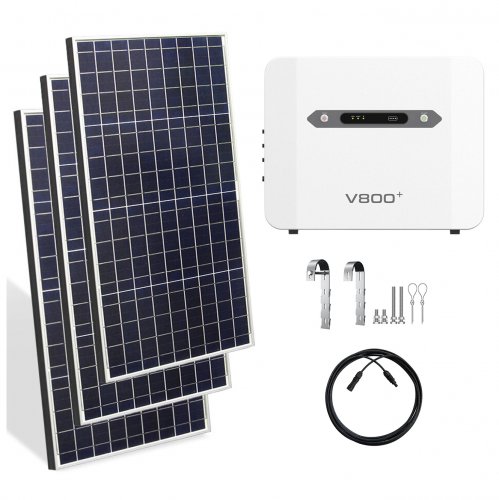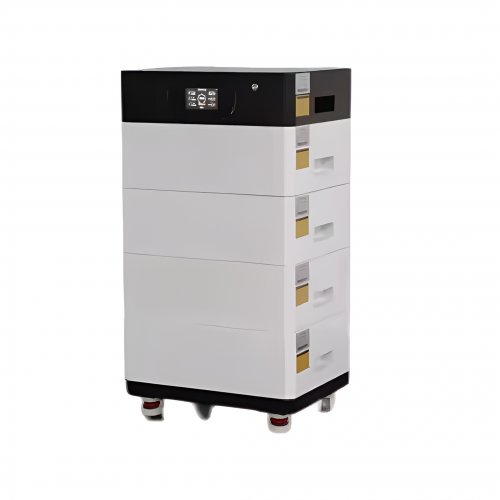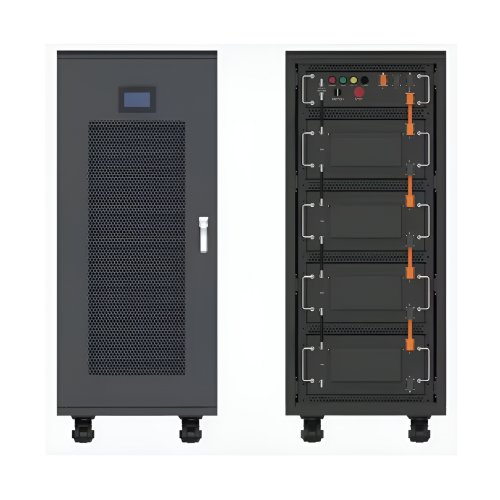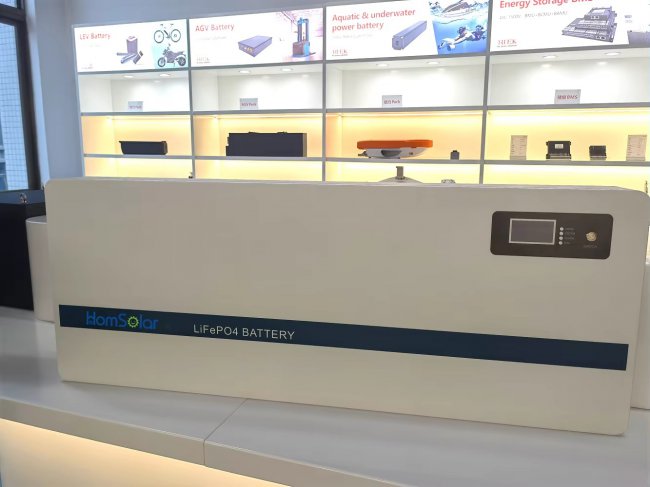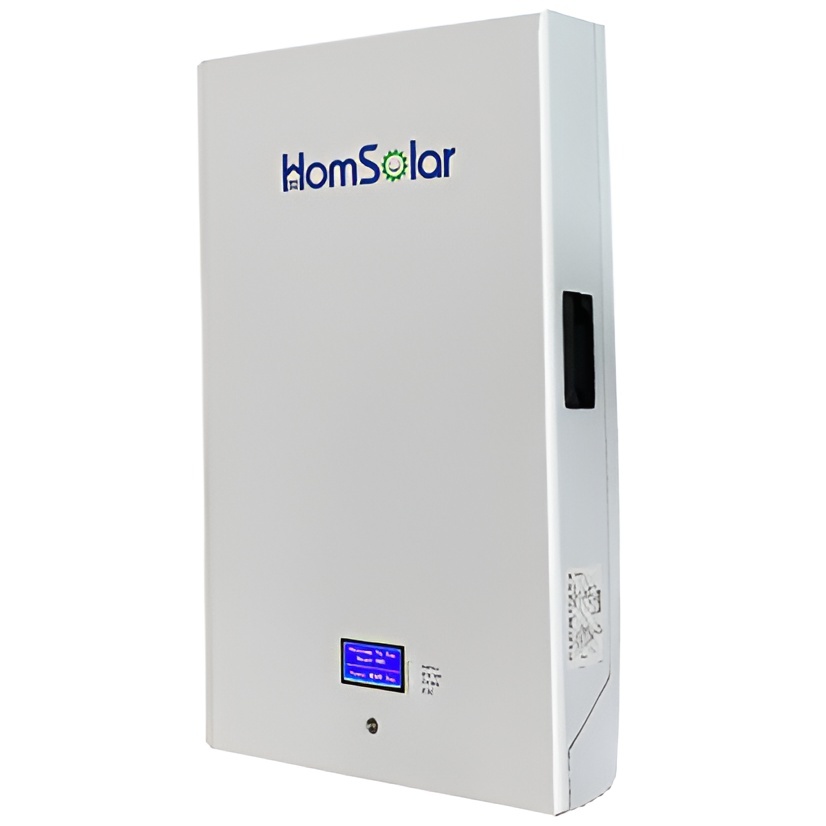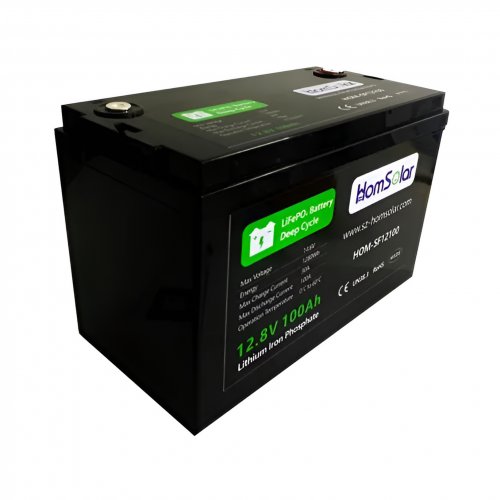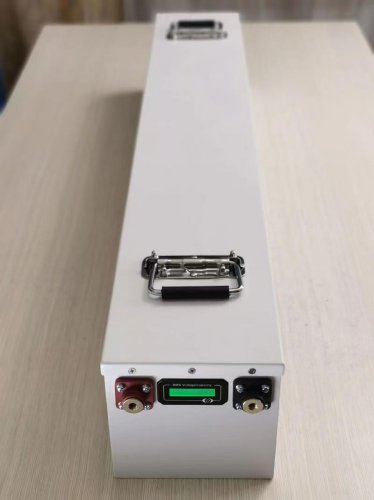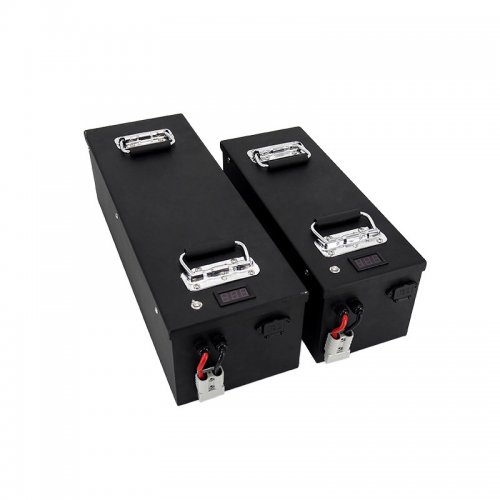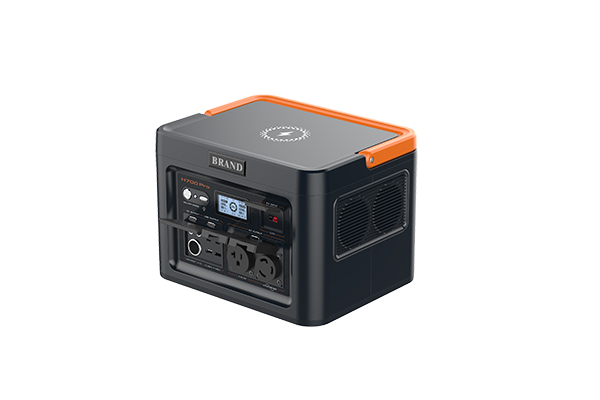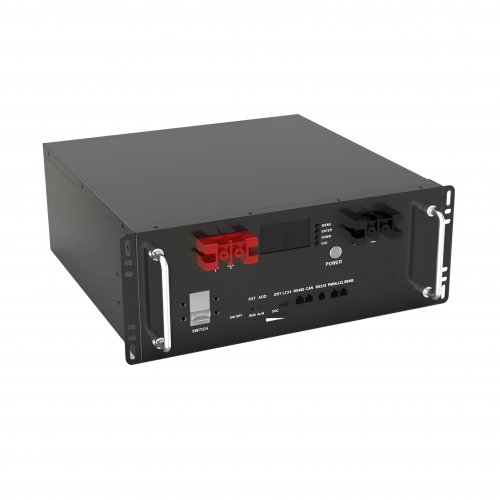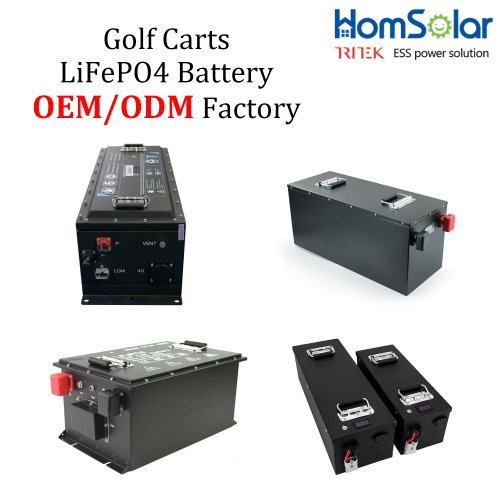Inverted perovskite solar cell based on amidinium passivator achieves 26.3% efficiency
An international team of scientists has developed an inverted perovskite solar cell that uses a new amidinium passivator for the perovskite-electron transport layer (ETL).
Inverted perovskite cells have a device structure known as “p-i-n”, in which hole-selective contact p is at the bottom of intrinsic perovskite layer i with electron transport layer n at the top. Conventional halide perovskite cells have the same structure but reversed – an “n-i-p” layout. In n-i-p architecture, the solar cell is illuminated through the electron-transport layer (ETL) side; in the p-i-n structure, it is illuminated through the HTL surface.
“We sought an alternative to ammonium-based coating for perovskite solar cells,” said the research's first author, Yi Yang in a statement. “State-of-the-art perovskite solar cells typically have ammonium ligands as a passivation layer, but ammonium tends to break down under thermal stress. We did some chemistry to convert the unstable ammonium into a more stable amidinium.”
The group had a hypothesis that amidinium ligands, with their resonance-stabilized N-H bonds, could outperform conventional ammonium-based ligands in preventing defect formation and enhancing stability. “It required meticulous design and validation to confirm that these ligands not only provided chemical passivation but also contributed to field-effect stabilization, This dual functionality ultimately led to significant improvements in both efficiency and long-term stability of PSCs, making the confirmation of this hypothesis the most interesting and impactful result of the study,” co-author Mercouri Kanatzidis told pv magazine.
The amidinium bimolecular passivation (ADBP) approach resulted in lab devices that exhibited a 10-fold reduction in the ligand deprotonation equilibrium constant and a twofold increase in the maintenance of photoluminescence quantum yield after aging at 85 C under illumination in air, according to the researchers.
The scientists built the cell with a substrate made of fluorine-doped tin oxide (FTO), self-assembled monolayers (SAM), a perovskite absorber, the proposed passivation layer, a buckminster fullerene (C60) ETL, a tin oxide (SnOx) layer, and a copper (Cu) metal contact.
The best lab-sized device had an external quantum efficiency (EQE) bandgap of 1.53 eV and a certified efficiency of 26.3%. The result was certified by the Fujian Metrology Institute, National PV Industry Measurement and Testing Center in China. A larger device with an active area of 1.04 cm2 achieved an efficiency of 25%, noted the researchers.
The testing indicated a substantial enhancement in average efficiency for the device based on the novel passivator compared to control devices. The team attributed it primarily to an increased open circuit voltage and fill factor.
The team also found that the cell could retain 90% of its initial efficiency for 1,100 hours of maximum power point operation at 85 C.
“I’d like to emphasize that while most research on stable perovskite solar cells focuses on the stability of the active layer – the perovskite itself – we’ve found that the passivation materials, which are often used to enhance device efficiency, can also be a source of instability and deserve proper attention. Efficiency and stability must go hand in hand,” co-corresponding author, Bin Chen, told pv magazine.
The team’s is applying effort to close the “stability gap” with conventional silicon PV. “Perovskite-based solar cells have the potential to contribute to the decarbonization of the electricity supply once we finalize their design, achieve the union of performance and durability, and scale the devices,” said co-corresponding author and group leader Ted Sargent in a statement.
The research is detailed in “Amidination of ligands for chemical and field-effect passivation stabilizes perovskite solar cells,” published in Science. The team included researchers from the Northwestern University and US Department of Energy's Argonne National Laboratory in the U.S., Griffith University in Australia, and Canada’s University of Toronto.
Customized/OEM/ODM Service
HomSolar Supports Lifepo4 battery pack customization/OEM/ODM service, welcome to contact us and tell us your needs.


HomSolar: Your One-stop LiFePO4 Battery Pack & ESS Solution Manufacturer
Our line of LiFePO4 (LFP) batteries offer a solution to demanding applications that require a lighter weight, longer life, and higher capacity battery. Features include advanced battery management systems (BMS), Bluetooth® communication and active intelligent monitoring.

Customised Lithium Iron Phosphate Battery Casing
ABS plastic housing, aluminium housing, stainless steel housing and iron housing are available, and can also be designed and customised according to your needs.

HomSolar Smart BMS
Intelligent Battery Management System for HomSolar Energy Storage System. Bluetooth, temperature sensor, LCD display, CAN interface, UART interface also available.


Terminals & Plugs Can Be Customized
A wide range of terminals and plugs can be customised to suit the application needs of your battery products.

Well-designed Solutions for Energy Storage Systems
We will design the perfect energy storage system solution according to your needs, so that you can easily solve the specific industry applications of battery products.



About Our Battery Cells
Our energy storage system products use brand new grade A LiFePO4 cells with a battery lifespan of more than 4,000 charge/discharge cycles.



Applications in Different Industries
We supply customized & OEM battery pack, assemble cells with wiring, fuse and plastic cover, all the cell wires connected to PCB plug or built BMS.
Applications: E-bike, Electric Scooter, Golf Carts, RV, Electric Wheelchair, Electric Tools, Robot Cleaner, Robot Sweeper, Solar Energy Storage System, Emergency Light, Solar Power Light, Medical Equipment, UPS Backup Power Supply.
We can provide you with customized services. We have the ability to provide a vertical supply chain, from single cells to pack/module and to a complete power solution with BMS, etc.


HomSolar (Shenzhen) Technology Co., Ltd








